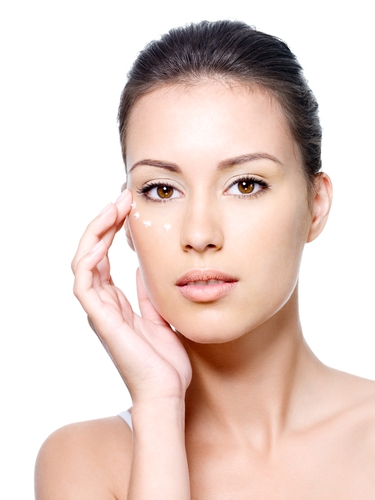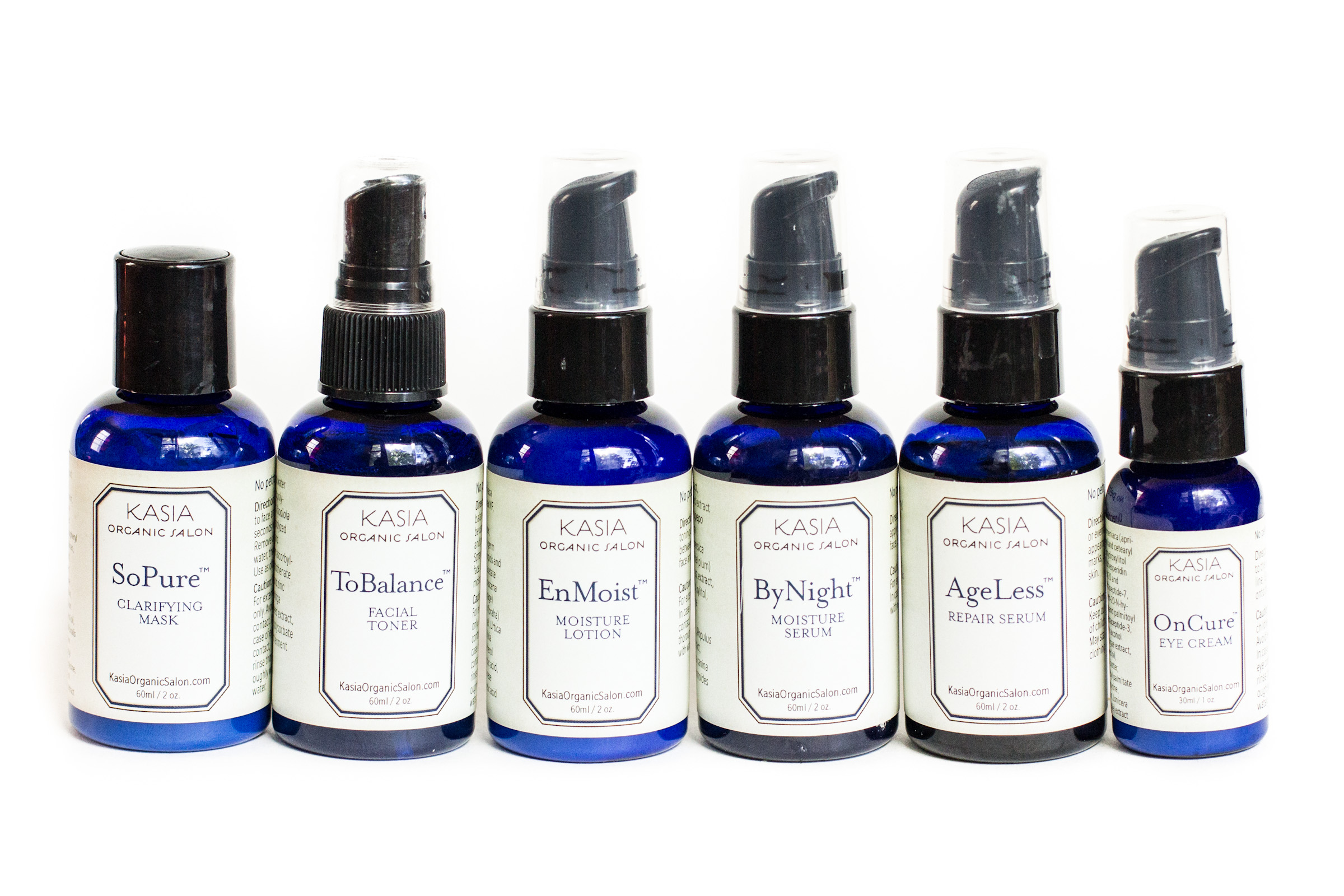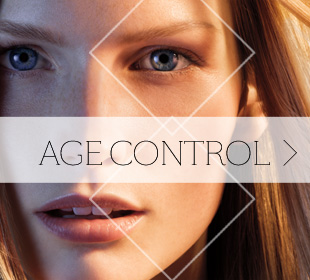Living in an abundant market of "beauty solutions," we are given many options of how to slow down the aging process. Kasia Salon believes in a lifestyle that includes wearing sunscreen religiously, eating lots of veggies, drinking a ton of water, using effective Kasia skin care products and sticking to a beauty daily regiment. But the hard truth is, we will age. So, if you’re like most women who don’t want to dish out tons of cash getting cosmetic surgery, your next best option is to WORK WITH IT!
How? With great makeup of course.
However, if you're not careful with your application, makeup can actually make you look even older.
 LA BELLA DONNA MINERALS:
Kassandra, owner of Kasia Organic Salon says, "Feeling good in your makeup and the correct application is key. You've got to make sure you have the right products and know-how so your makeup works for you and not against you. We love La Bella Donna's full mineral line with only 4 ingredients, an feels weightless on the skin.” The finished product on your skin will feel hydrating and does not wear off the skin. It's the best makeup line on the market. Other minerals have fillers that sink into the lines and feel "cake-y" on the skin.
LA BELLA DONNA MINERALS:
Kassandra, owner of Kasia Organic Salon says, "Feeling good in your makeup and the correct application is key. You've got to make sure you have the right products and know-how so your makeup works for you and not against you. We love La Bella Donna's full mineral line with only 4 ingredients, an feels weightless on the skin.” The finished product on your skin will feel hydrating and does not wear off the skin. It's the best makeup line on the market. Other minerals have fillers that sink into the lines and feel "cake-y" on the skin.
La Bella offers acolour collection of excitement and beaute, offering newness and options for women to build upon their existing makeup wardrobe.
The Process
1. Always use an eye cream first. “No eye makeup or concealer will go on the eye area effectively if they are not properly moisturized. OnCure eye cream will "anti-age" you as you apply it -- daily.
OnCure Benefits....
Brighter:
- Naturally reduces dark circles, shadows and puffiness using Hesperidin, a flavonoid derived from citrus fruits.
- An encapsulated tripeptide stimulatea the natural exfoliation process, bringing a brighter, smoother and more even tone to the under eye area.
- Chrysin, a naturally occurring flavone extracted from Blue Passion Flower, helps reduce the appearance of dark circles
Firmer:
- Reinforce firmness and tone using nourishing apricot kernel to replenish and rebuild skin.
- Tripeptides and Sea Algae Extract stimulate collagen production.
Smoother:
- Prevent puffiness and reduce bags with tripeptides, Vitamin C and E to stimulate cell growth and reduce the appearance of lines and wrinkles.
2. Choose the right color for concealer. Make sure you do not choose concealer that is too light or too dark. The best shade for the under eye area is one shade lighter than your skin tone. Only apply to the inner corner of the eye and all the way around, reaching up to the brow bone to create a consistent skin tone.
3. Overly made-up skin is a one-way ticket to looking a lot older than you actually are! Using luminescent products make your skin look dewy and light. We LOVE "Candlelight" from La Bella for this.
4. When choosing the right eye shadow, select natural colors that blend with your skin and hair tones to create youthful looking eyes. Don't forget to pull in color to your eyebrows! This is like an instant and free face lift! The more dramatic the look, the more attention it will draw.
5. An eyelash curler, shimmering shadow, mascara, and brow powder can turn back the clock—at least temporarily. "Curling your eyelashes and adding a little glimmery shadow as a highlighter are the easiest things you can do to make your eyes look bigger—and therefore younger.




















